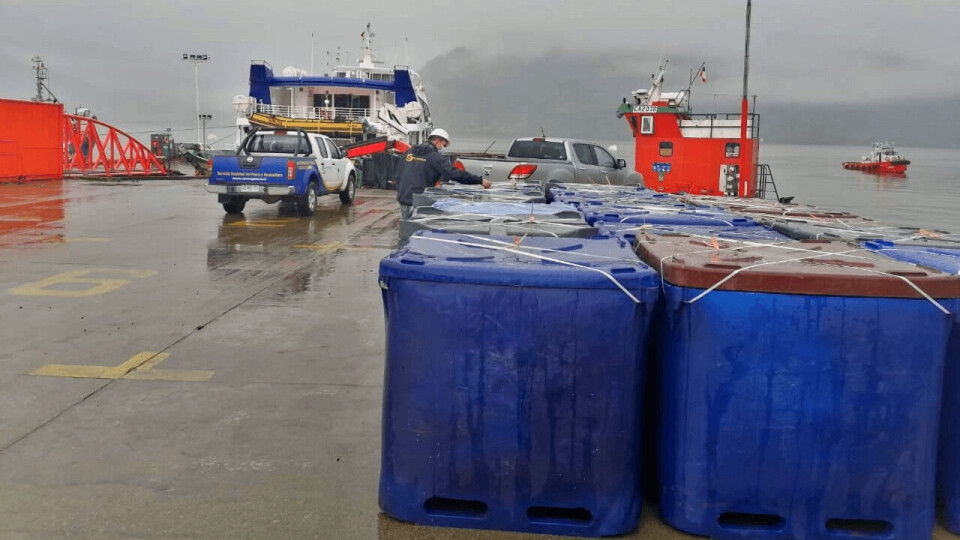
Algal blooms have now killed almost 6,000t of fish in Chile
Almost 6,000 tonnes of farmed salmon have now died in Chile because of algal blooms, figures from state aquaculture agency Sernapesca show.
To date, the agency has verified an approximate total of 5,989 tonnes of mortality - 3,337 tonnes in Los Lagos region and 2,652 tonnes in Aysén region.
These volumes are equivalent to 14% of active biomass in the affected area in Los Lagos, and 2% of active biomass in the affected area in Aysén.
Sernapesca said 5,703 tonnes of dead fish, which is approximately 95% of the total mortality, have been removed. In Aysén, 99% of mortalities have been removed.
Action plans
As of yesterday, 14 fish farms were maintaining action plans against mass mortalities, six in Los Lagos and eight in Aysén.
Another four farms in Aysén are no longer registering mortality and at eight farms mortality has been reduced to levels that allow dead fish to be processed in on-site silage systems rather than being collected for disposal elsewhere.
Fishing vessels
Considerable efforts have been made to get dead fish out of the sea quickly. Mortalities have been removed from farms in wellboats, barges with large bins on board, and high seas fishing vessels.
By last Friday, salmon farmers had also transferred nearly 5.4 million live fish to different sites to safeguard them from harmful algal blooms (HABs).
Much of the volume of dead fish has been converted into fish meal and fish oil at rendering facilities in Los Lagos and Aysén, avoiding the need to send the mortality to landfill sites.






















































